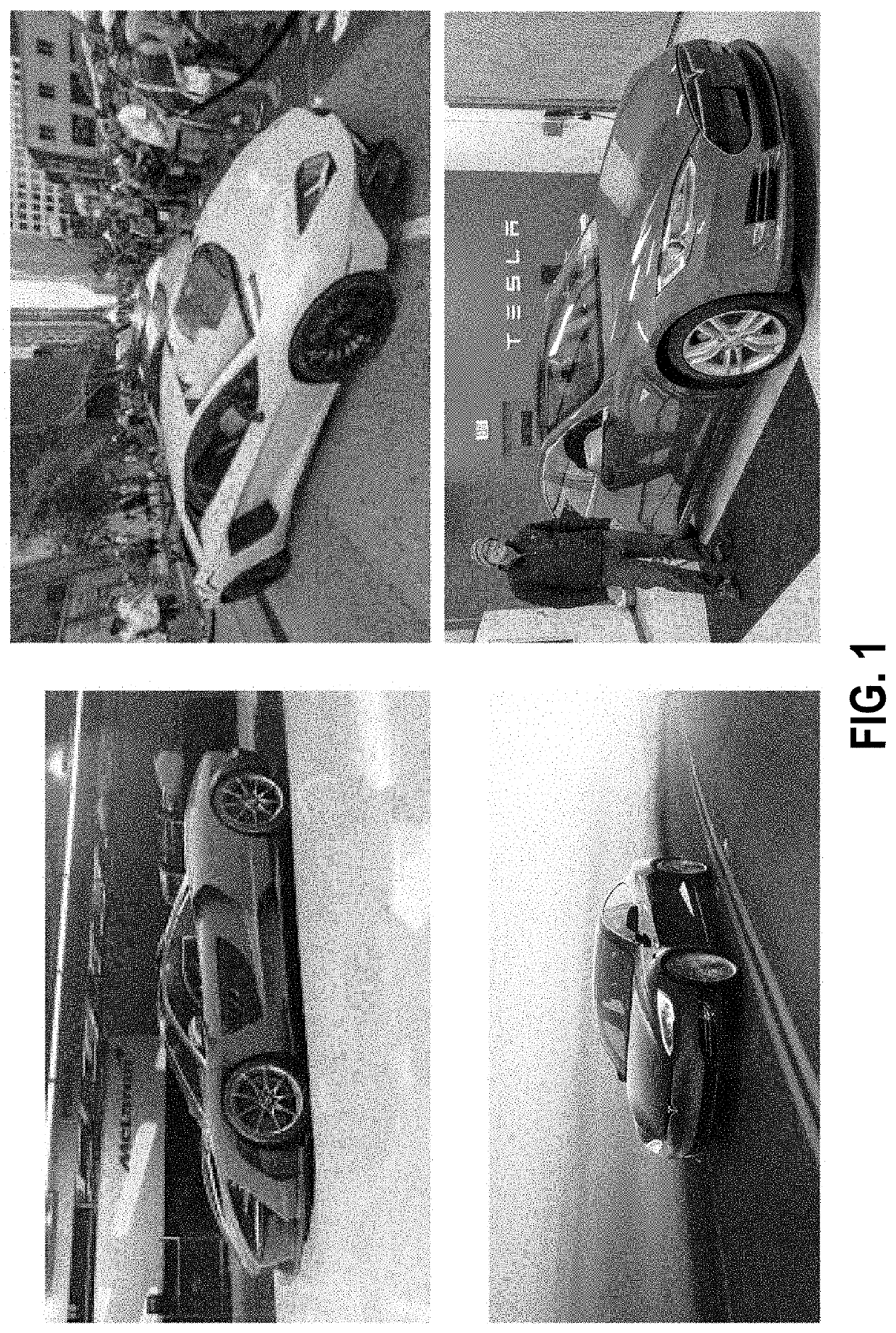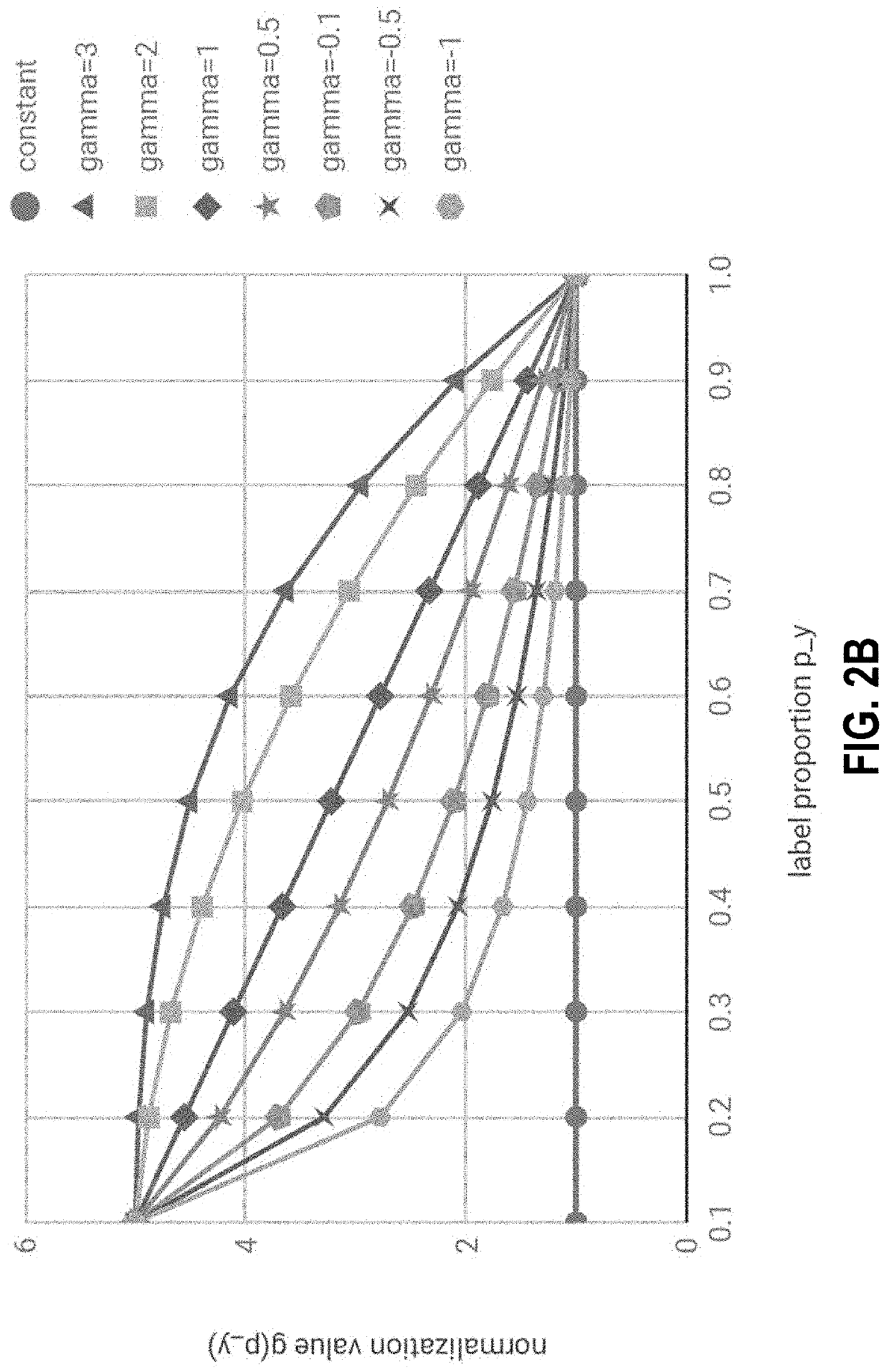System and method for a convolutional neural network for multi-label classification with partial annotations
a convolutional neural network and partial annotation technology, applied in the field of machine learning, can solve the problems of increasing difficulty in labelling, impractical human conduct of labelling, and high cost of labeling data sets, and achieve the effect of improving the completeness of an incomplete data s
- Summary
- Abstract
- Description
- Claims
- Application Information
AI Technical Summary
Benefits of technology
Problems solved by technology
Method used
Image
Examples
Embodiment Construction
[0079]One of the reasons that multi-label data classification are still very difficult is that multi-label data are more complex and difficult that single-label data [40]. Some embodiments described herein are adapted to issues where labelling is incomplete such that the training examples are partially labelled and partially unlabelled. For example, in the context of medical patient data, a population of patients may be used as the training sample but information known about each of the patients may be inconsistent (the weight is known for some, the height for others, some are vegetarians, some have diabetes, etc.).
[0080]The more labels are required associated with data examples, the more difficult it is to obtain a good training set of examples, as the effort for providing labels scales quickly and becomes impractical. Furthermore, many practical data sets that can be used for training are provided in a partially annotated format (e.g., labelling is incomplete).
[0081]Effectively tr...
PUM
 Login to View More
Login to View More Abstract
Description
Claims
Application Information
 Login to View More
Login to View More - R&D
- Intellectual Property
- Life Sciences
- Materials
- Tech Scout
- Unparalleled Data Quality
- Higher Quality Content
- 60% Fewer Hallucinations
Browse by: Latest US Patents, China's latest patents, Technical Efficacy Thesaurus, Application Domain, Technology Topic, Popular Technical Reports.
© 2025 PatSnap. All rights reserved.Legal|Privacy policy|Modern Slavery Act Transparency Statement|Sitemap|About US| Contact US: help@patsnap.com



